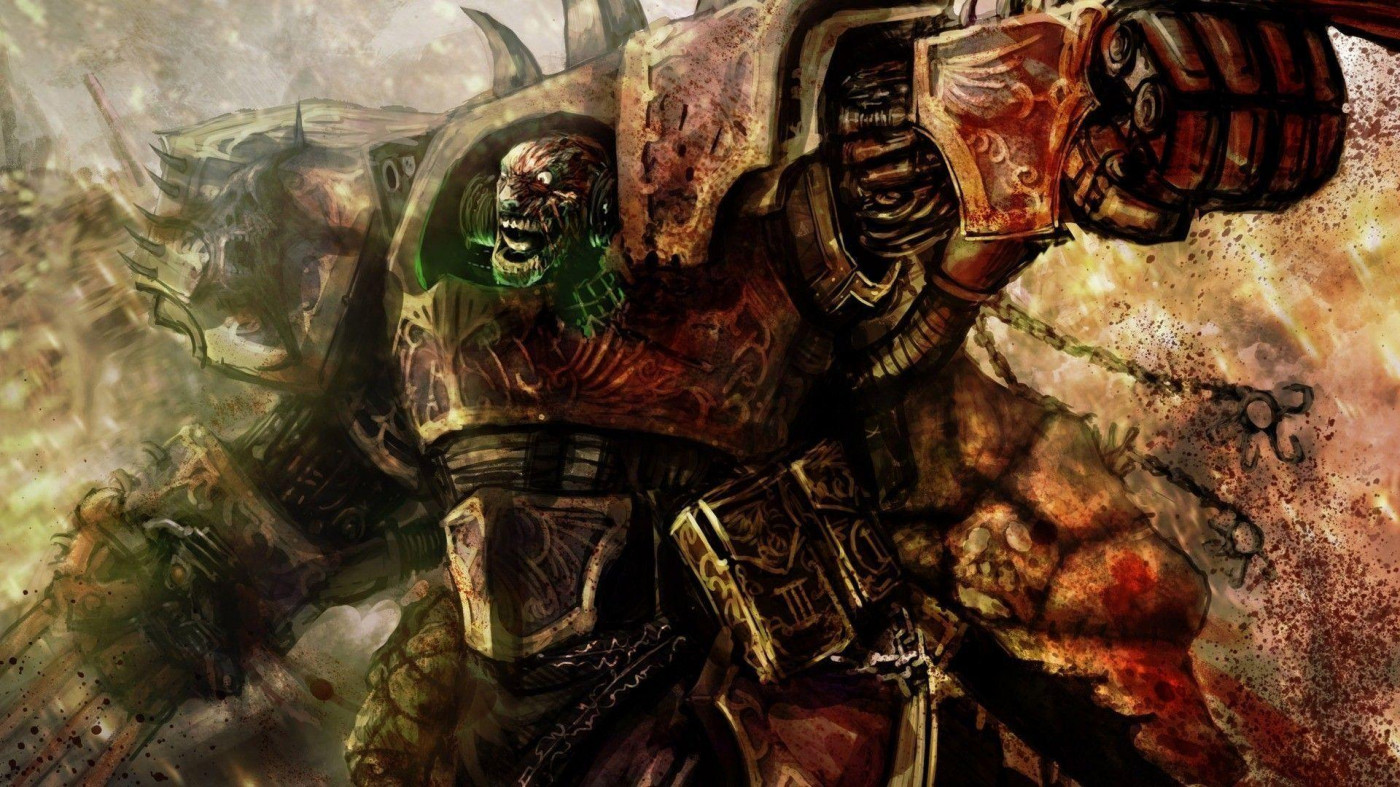Pain or discomfort puts us under pressure to create the self – it sorely tempts us to create the self. As soon as we create a self this provides with what looks like a ‘way out’ – or at least it creates the impression of a potential way out. This is because the self always appears to have two opposed possibilities open to it – one being the possibility of solving the problem posed by the pain, and the other being the complementary possibility of not being able to solve it. These two possibilities balance each other out perfectly, which is to say – we are attracted to the former just as much as we are averse to the latter. What has happened here therefore is that we have sneakily transformed the pain or discomfort into ‘a problem that needs to be fixed’. We have ‘turned pain into a polarity’, the polarity of ‘escape versus no escape’, the polarity of ‘succeed versus fail’.
The significance of this transformation of ‘pain’ into ‘a problem’ (or into ‘a polarity’) is something that is very easily lost to us, very easily overlooked or disregarded. We don’t see the significance because it automatically seems to us that there is no real difference! It already seems to us that pain is a problem – we’ve already made the transition from seeing it one way to seeing it the other, we’re already on the other side of the fence. ‘Problem’ of course implies the self – if there wasn’t a self then there could be a problem! “No self, no problem,” as a Zen master is reputed to have said. When we start talking about problems and solutions we are of course looking at everything from the absurdly narrow viewpoint of the everyday self. ‘Problems’ equal the self, just as ‘solutions’ do! Both are projections of the same narrow viewpoint – the one is the negative projection, the other the positive…
Once we’re pain then there’s two ways this can go – either the self is going to be solidified, or it is going to be dissolved. The temptation – which is generally a completely overwhelming one – is to create a self (or to further concretize our existing sense of self). This reification process is like a boulder rolling down a steep slope – once started it just keeps on gathering momentum. Once the self has been created, has been established, then the only logical way to proceed (the only way that makes any sense to us) is to keep on taking steps to safeguard or secure it and this is the process of reification / concretization. We’re in it too deep at this stage to turn around and go back, so to speak! Once the self has been created then there is only one outcome that is acceptable to us, only one outcome that counts, and that is the outcome we call ‘solving the problem’, the outcome where the self gets to ‘win out’ over the adversity that so sorely besets it. The possibility of ‘de-emphasizing’ the self (or ‘dissolving’ it) has no appeal to us at all. This isn’t ‘solving the problem’ because there’s no one left afterwards to claim the victory! This isn’t ‘winning out’ because there’s no longer any ‘me’ there to win out! For us – once we’re identified with the narrow viewpoint of the ‘me’ – there’s no difference between ‘dissolving the self’ and ‘failing’, and failing is the one thing that we want to avoid in this situation. The whole point is to avoid that! That’s what’s driving us in our struggle – the fear of failure, the fear of losing, the fear of the bad outcome.
Dissolving the self-concept, dissolving the ego, is just not seen as a good therapeutic outcome in this image-based world of ours. We’re all about the self or ego; in our peculiarly slanted culture having a strong and clearly-defined concept or image of ourselves is seen as the very epitome of good mental health. How could anyone possibly be mentally healthy without having a clearly-defined idea of who they are? That just doesn’t make sense to us at all. What we’re looking at here is a ‘fatal confusion’ between who we really are and who we think we are, between the reality and the concept. To say that these are not at all the same thing isn’t the half of it – not only is our idea of who we are wholly mistaken, when we are fixated upon this mistaken idea this fixation completely disconnects us from our true, ‘non-reified’ nature. There is no way we can appreciate the spacious undefined nature of who we actually are (and what reality itself actually is) when we are clinging to a concept of ourselves, a mental image of ourselves… As long as we’re holding on to an idea of ourselves and an idea of the world then we can know neither ourselves nor anything else. As Bodhidharma says,
If you use your mind to study reality, you won’t understand either your mind or reality. If you study reality without using your mind, you’ll understand both.
The problem is therefore that the more difficulty we’re in the more pressure we’re under to ‘do something about it’ and the more pressure we’re under to ‘do something about it’ (i.e. stay in control of the situation) the more we are driven to use our mind. The more pain or discomfort we are subjected to the tighter we are going to be holding on to our concepts, models and beliefs, in other words. The more pain we’re in the more we are tempted to concretize the self-concept and the more we concretize the self-concept the more polarized everything becomes into the stark oppositions of win or lose, succeed or fail, right and wrong. This ‘big polarity’ swallows everything up in itself – it subsumes everything, it makes everything ‘about it’. Our difficulties and challenges are not seen for what they are but rather they are turned into crass win / lose, succeed / fail generalizations that greedily suck up every last bit of our attention. Our attention gets greedily sucked up by the unreal in other words – it gets sucked up in the futile struggle to separate one opposite from another. The ‘big polarity’ subsumes us and makes our lives generic – it makes our lives into one big never-ending all-absorbing struggle that is both futile and meaningless. It compels us to devote ourselves on a full-time basis to ‘imaginary work‘…
The mind-created self is ‘the big polarity’ – the self is essentially what we are talking about here. The self is the divide between right and wrong, win and lose, yes and no. The mind-created self or ego is the boundary between two opposites; it is in other words the very quintessence of polarization! Nothing is more polarized than the self-concept – if it wasn’t polarized it couldn’t be a concept, if it wasn’t polarized then it couldn’t be definite or certain. As soon as we see this then we can understand straightaway that to be identified with this polar self is to be wedded to continuous unrelenting conflict. There is absolutely no way that the polar self (which is the self that is created by the mind which discriminates between [+] and [-]) can ever be free from the conflict which it is always trying to resolve. It can never be free from this conflict because it itself is the conflict! The polar self operates on the basis of delusion: when we think we can win out over the problem we feel excited in a euphoric way and when we start to believe that we will not be able to we get excited in a negative, anxious or dysphoric way. The bottom line is however that we’re delusional both ways. We’re delusional both ways because there never was a chance of us ‘winning out’ over ourselves (or ‘escaping from the conflict that is ourselves)….
Pain or discomfort puts us under pressure to create the polar self – it sorely tempts us to create the polar self, the self which is forever trying to have the [+] but not the [-]. As we have said, doing this creates the illusion of ‘a way out’; it creates the mirage of ‘a possible solution’. This illusion and the motivation it engenders immediately provides us with a top-quality distraction from the pain we’re in. We’re distracted by the immensely attractive thought that we might be able to escape from the pain, if we play our cards right. This thought itself (along with all the highly-charged goal-orientated activity it gives rise to) represents a relief from the pain; this thought itself represents a very welcome comfort-zone. Psychologist have talked a lot about all the various motivations that might be driving us but the polar self really only has the one motivational system – the motivational system that is based on it deluding itself that it has a chance of obtaining the one opposite and yet not the other. We wish to avoid the [-] outcome and secure the [+], where the positive outcome equals ‘escaping from the pain’. When we put it like this it doesn’t necessarily sound like a ‘deluded view of the world’ – after all, why shouldn’t we be able to escape from the pain that we’re in? Very often, this seems like a perfectly viable possibility. There is a glitch here however that needs to be taken into consideration and the glitch (which we have already alluded to) is that the pain which the mind-created self is trying to escape from is the pain of itself!
Clearly, this puts a rather different complexion on things! If the pain I am trying to avoid is the pain of my own (conditioned) existence then clearly there isn’t going to be a very good prognosis with regard to the outcome of this endeavour! We can say therefore that the self distracts itself from the particular type of pain that is associated with its very existence by solving problems (or by trying to solve problems, which is equally as good a distraction). Everything in life gets turned into a problem and thus everything becomes a means for distraction. Everything gets polarized into problem and solution, right and wrong, yes and no, lose and win. This polarization ends up subsuming the whole of life within it so that the solution of the particular problem that we are battling with becomes somehow synonymous with ‘everything good in the world’, whilst the failure to solve it illegitimately becomes equal to ‘everything bad in the world’. No matter what problem we are dealing with, therefore, it very easily takes on the same character or flavour, and that character has to do with the ‘cherished-but-unexamined’ belief that we can ‘have one opposite and yet not the other’. This is – we might say – the core belief of the self. This belief is what allows the polar self to carry one being the polar self.
What the self is essentially trying to do is free itself from the conflict that it itself is forever creating by its continual efforts to free itself from conflict! What we’re chasing so fervently is the goal of definitively securing the [+] (or winning) outcome for ourselves whilst at the same time permanently eradicating the [-] (or losing) outcome. This (hallucinatory) goal represents for us the end of all conflict (which is why we are chasing it so very determinedly) but what we can’t see is that the thing we are chasing is actually the root of all conflict. It is the root of conflict because it is hallucinatory! The prospect of securing the ‘isolated positive’ (or what we deludely believe to be the ‘isolated positive’) for ourselves gives rise to the feeling of euphoria (which is the highly attractive side of the delusion) whilst the threat of being saddled with the ‘isolated negative’ gives rise to the feeling of dysphoria (which is the side of the delusion we are greatly repelled by) but – very ironically – what we desire and what we fear come down to the very same thing, the very same delusion.
On the face of it this ‘universal polarization trick’ makes for an excellent motivational system (which is to say, it makes for an excellent distraction) but there is nevertheless always the hidden glitch to be contended with – even if we never actually do directly contend with it! Naturally enough, this glitch is no less ‘all-consuming’ for being invisible and it is course the fact that it is so all-consuming that makes it such a good distraction. The glitch is simply that the problem we are trying to fix is ourselves, only we can’t see this. We can’t see that the problem is ourselves because we’re forever projecting it (ourselves) on the outside world – the multitudinous polarities of right versus wrong, yes versus no, succeed versus lose are all the proliferating reflections of the warring polarity which is ourselves! We’re kept so busy sorting out (or trying to sort out) the various conflicts that we’ve created in the outside world that we never get a chance to look within and see that actually the problem was in ourselves the whole time…
So what we didn’t say when we started off with this discussion was that the pain / discomfort which is putting us under pressure to reify or concretize the self was itself created by the concretization of the self. This is the ‘twist in the tale’. This is not a linear chain of causation that we’re looking at here therefore but a causal loop – the self is trying to escape from the pain which is itself, the self is trying to fix the problem which is itself, the self is trying its damnedest to run away from itself. Now if there’s one thing we can say about this type of an endeavour it’s that it is patently impossible! We can say this straightaway, and without any fear of contradiction – it’s a non-starter, it’s a no-hoper! This is not a good horse to put our money on. The self cannot escape itself; if I myself am the problem then I cannot also be the one who fixes the problem! By trying to fix the problem I am introducing the problem back into the equation; by trying to fix the problem I am actually creating the problem all over again!
To say that we are ‘getting in our own way’ is putting it very mildly indeed, therefore. We might as well be punching ourselves repeatedly in the head. We might as well be punching ourselves repeatedly and viciously in the head whilst at the same time thinking that we are somehow going to get rid of our chronic headache this way! The cure isn’t worse that the illness in this case – the cure is the illness. Everything we do to help ourselves when we are identified with the conflicted polar self is simply creating extra pain, extra confusion, extra frustration, extra suffering, which will then act as ‘fuel’ to keep the cycle of illusion turning. What actually does help on the other hand is to go in the other direction – the more challenging direction, the direction no one tells us about, the ‘non-mechanical’ or ‘non-generic’ direction. Instead of charging ahead bull-headedly in the direction of creating or concretizing the self in response to pain we consciously refrain from doing this therefore. We work consciously on dissolving the self-concept rather than working unconsciously at reifying it…
Image: Fighting Yourself by GFLTannar






